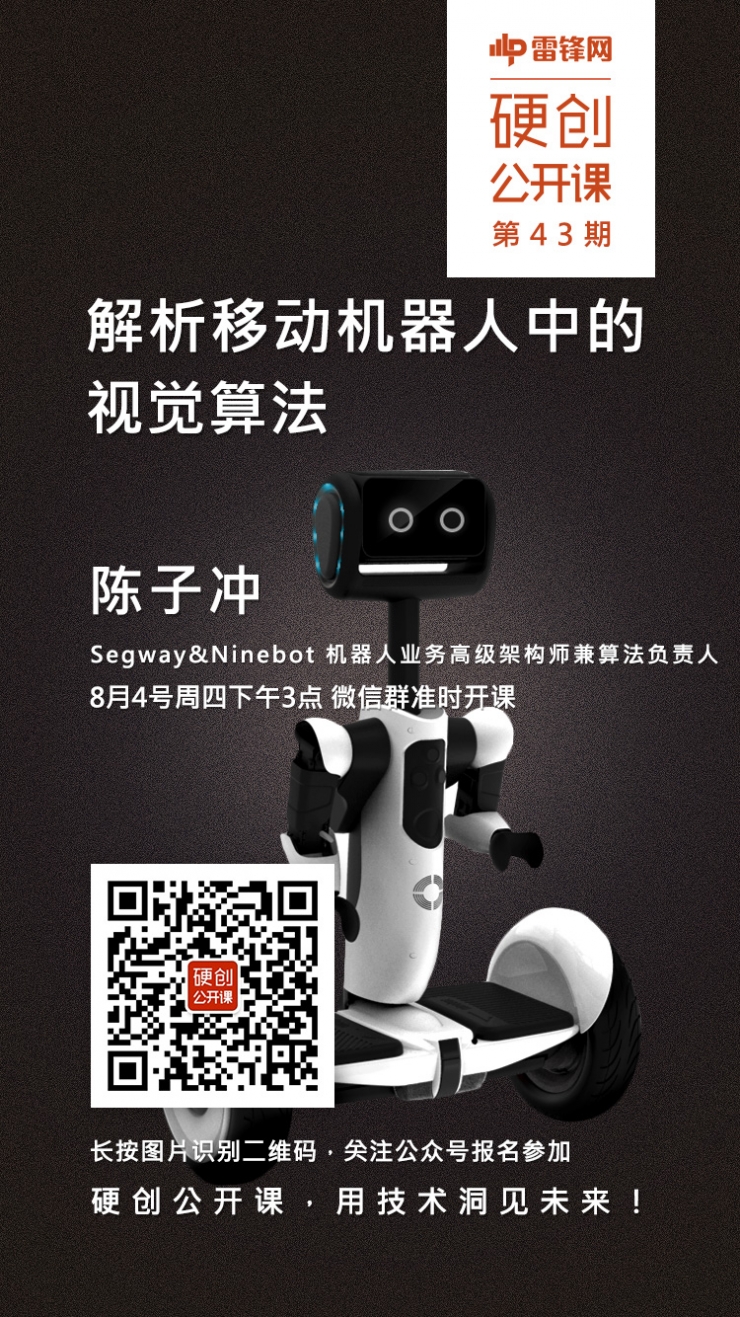Analyze visual algorithms in mobile robots |
Now that autopilot cars have been on the road for a long time, mobile robots that can walk autonomously have also been researched and developed by more and more companies. Many robots have already demonstrated their capabilities in dangerous environments such as military or moon Mars. The mobile robot must completely rely on itself to move smoothly in different environments, then it needs to have similar functions as human eyes, brain, and legs to achieve positioning navigation, path planning, and obstacle avoidance.
In the working process of a mobile robot, which algorithms are needed in such a complex system? What is the process of visual algorithm processing? How is visual tracking implemented? What are the differences in algorithmic requirements for different hardware (laser radar, ultrasonic sensors, or single/binocular cameras)? What are the limitations of the algorithm in mobile robots? How to overcome?
With these questions, we invited Mr. Chen Zichong, Senior Architect and Head of Algorithms for the Segway & Ninebot Robotics business, to tell us how the robot actually observed the world.
Guest Profile
Chen Zichong
Senior architect and head of algorithm for Segway & Ninebot robotics business. Chen Zichong graduated from the Department of Electronic Engineering of Tsinghua University and completed a full set of hardware and software implementations of satellite beacons based on DSP. He has won the excellent papers of undergraduate students. After receiving a doctoral degree at the Swiss Federal Institute of Technology, his doctoral thesis won the National Outstanding Self-financed Student Award. After returning to China, he joined Huawei Media Labs to lead the team to successfully develop real-time binocular vision algorithms for Huawei mobile phones. In 2015, Chen Zichong joined the Segway Robot Project and devoted himself to the development of visual perception algorithms such as robot navigation. The Segway Robot project was released at the CES keynote in January 2016. It was followed by various international media including CNN, Forbes, TechCrunch, Wired, and was named one of the CES best robots.
Event Details:
Time: Thursday, August 4, 2016 3pm
Participation methods: Scan the poster QR code, pay attention to the public registration
